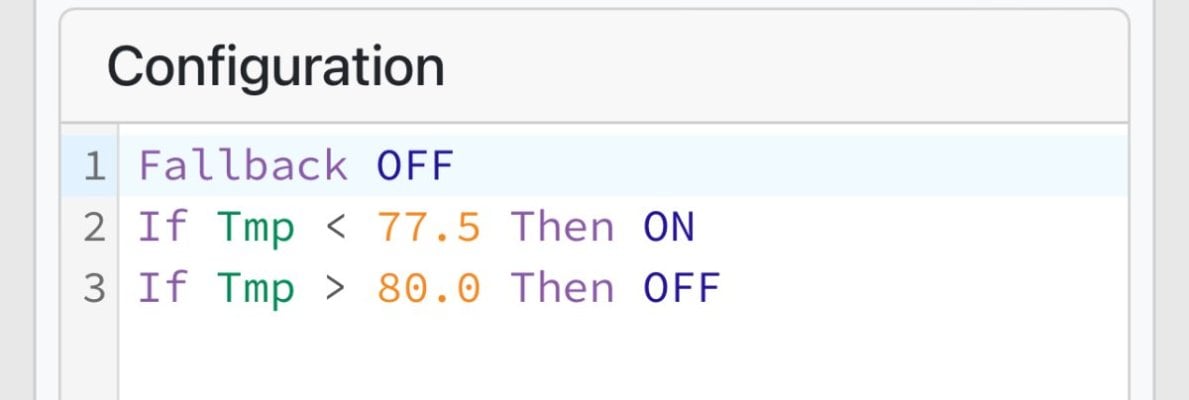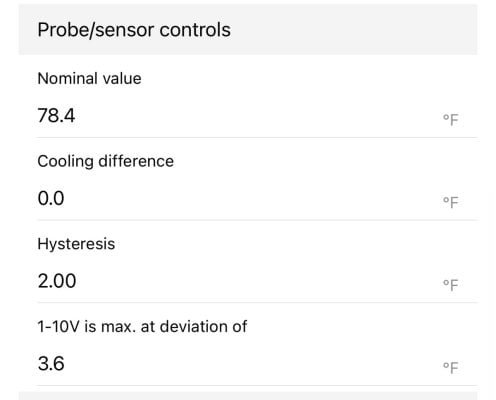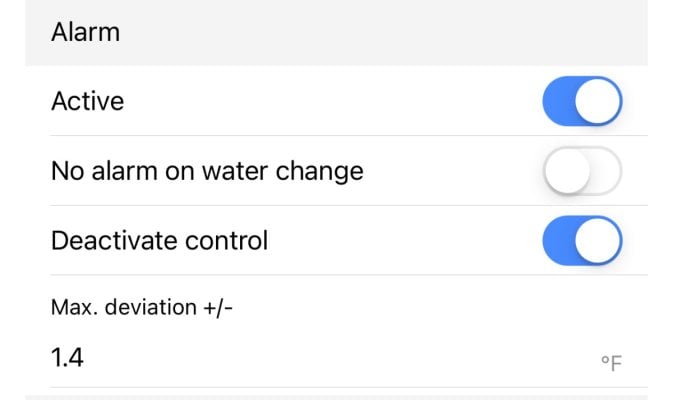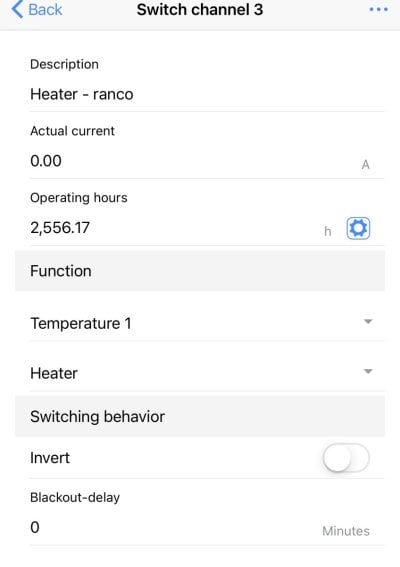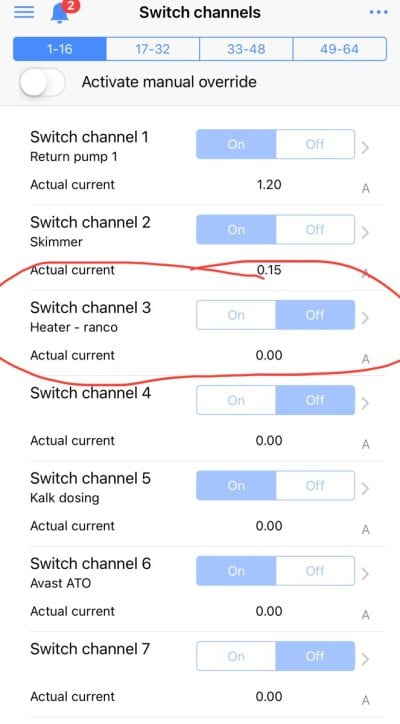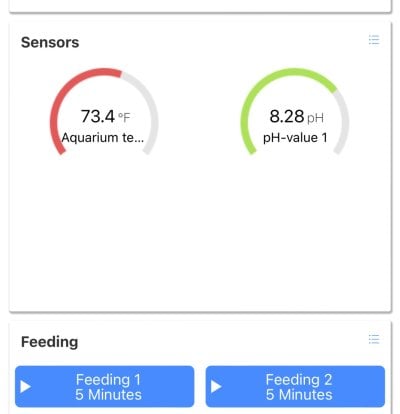Hello,@Vinny@GHLUSA . I CANNOT get my heater to get passed 76 F. I even bought a new heater because I thought it was the fault of the heater. I have my setting at 78 nominal with a hysterisis at .36. It still doesn't want to heat past the 76-76.5 mark. Why? This is the second heater I've tried. My temp prob is setup as instructed and is set to heater. Before I get some anxiety, can you please help me understand why it won't heat past the 76 when it's set for 78 and all other settings are disabled that would cause it to not heat.
And the Powerbar socket where your heater is plugged in turns off before the temperature reaches 78°F? Have you checked?
Please open a support ticket, it will be more efficient: https://www.aquariumcomputer.com/support/tickets-enquiries/
Gaël






